The medical imaging-software market is currently characterized by a dynamic competitive landscape, driven by technological advancements and increasing demand for efficient healthcare solutions. Key players such as Siemens Healthineers (DE), GE Healthcare (US), and Philips Healthcare (NL) are at the forefront, each adopting distinct strategies to enhance their market positioning. Siemens Healthineers (DE) emphasizes innovation through its focus on artificial intelligence (AI) integration, aiming to streamline workflows and improve diagnostic accuracy. Meanwhile, GE Healthcare (US) is pursuing regional expansion, particularly in emerging markets, to capitalize on the growing healthcare infrastructure. Philips Healthcare (NL) is concentrating on digital transformation, enhancing its software capabilities to provide comprehensive imaging solutions that cater to diverse clinical needs. Collectively, these strategies contribute to a competitive environment that is increasingly focused on technological differentiation and customer-centric solutions.
In terms of business tactics, companies are localizing manufacturing and optimizing supply chains to enhance operational efficiency. The market appears moderately fragmented, with several players vying for market share while also collaborating through strategic partnerships. This competitive structure allows for a diverse range of offerings, catering to various segments within the healthcare sector. The influence of key players is substantial, as their innovations and strategic maneuvers set the tone for market trends and customer expectations.
In October 2025, Siemens Healthineers (DE) announced a partnership with a leading AI firm to develop advanced imaging algorithms aimed at improving diagnostic precision. This collaboration is strategically significant as it not only enhances Siemens' product offerings but also positions the company as a leader in AI-driven healthcare solutions. The integration of AI into imaging software is likely to attract healthcare providers seeking to enhance patient outcomes through more accurate diagnostics.
In September 2025, GE Healthcare (US) launched a new cloud-based imaging platform designed to facilitate remote diagnostics and telemedicine applications. This move is indicative of the growing trend towards digital health solutions, particularly in light of the increasing demand for remote healthcare services. By leveraging cloud technology, GE Healthcare (US) aims to improve accessibility and efficiency in medical imaging, thereby strengthening its competitive edge in the market.
In August 2025, Philips Healthcare (NL) unveiled a suite of imaging software tools that incorporate machine learning capabilities to assist radiologists in interpreting complex cases. This strategic initiative underscores Philips' commitment to enhancing clinical workflows and improving diagnostic accuracy. The introduction of such advanced tools is likely to resonate well with healthcare professionals, further solidifying Philips' reputation as an innovator in the medical imaging sector.
As of November 2025, the competitive trends in the medical imaging-software market are increasingly defined by digitalization, sustainability, and AI integration. Strategic alliances are playing a crucial role in shaping the landscape, enabling companies to pool resources and expertise to drive innovation. Looking ahead, competitive differentiation is expected to evolve, with a notable shift from price-based competition towards a focus on technological innovation, reliability in supply chains, and the ability to deliver superior patient outcomes. This transition suggests that companies that prioritize R&D and strategic partnerships will likely emerge as leaders in this rapidly evolving market.


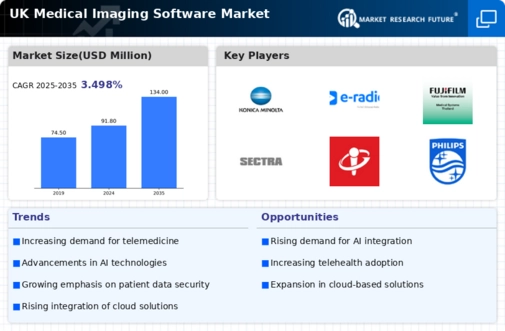
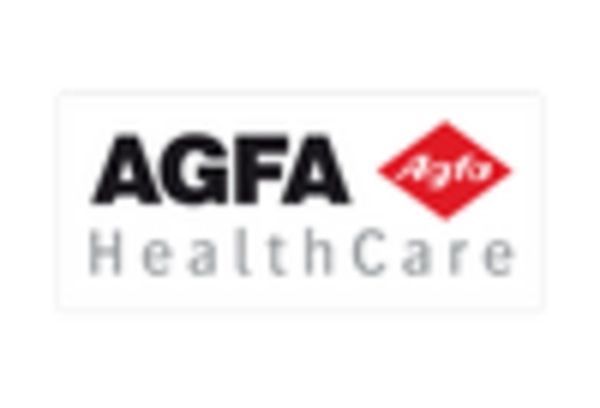
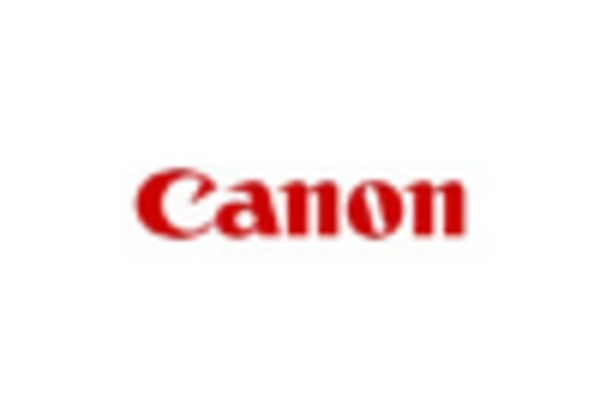
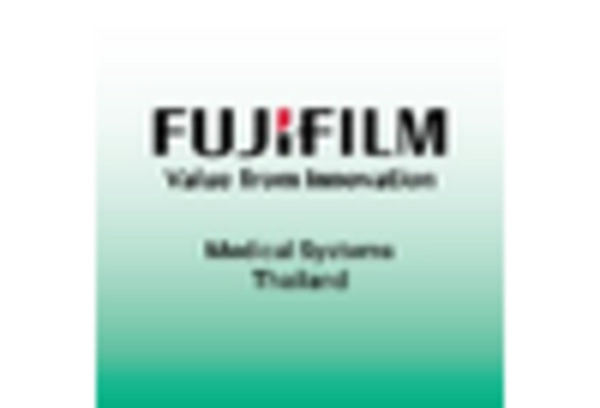
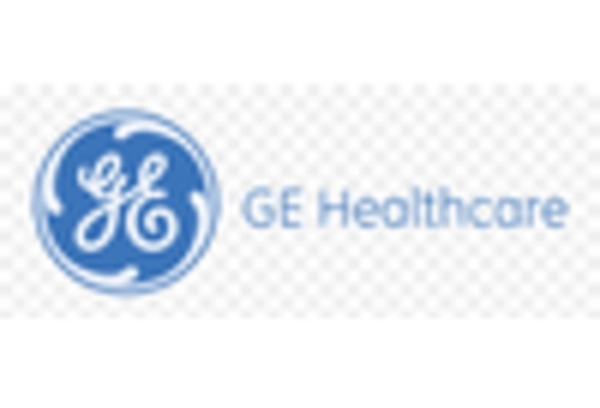
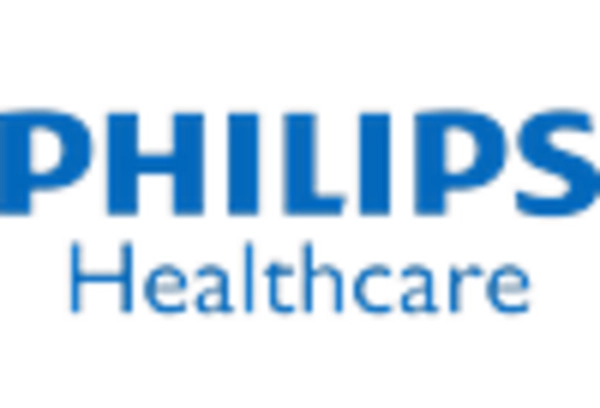
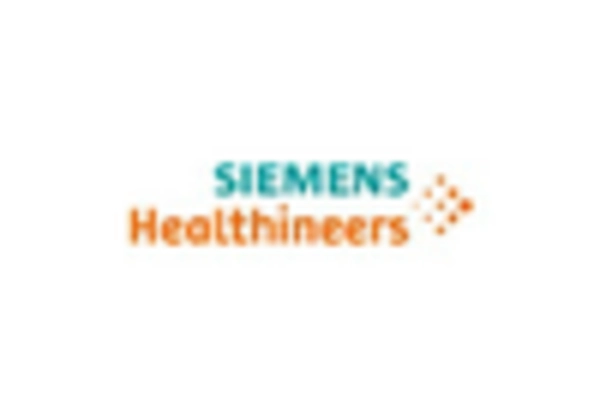








Leave a Comment